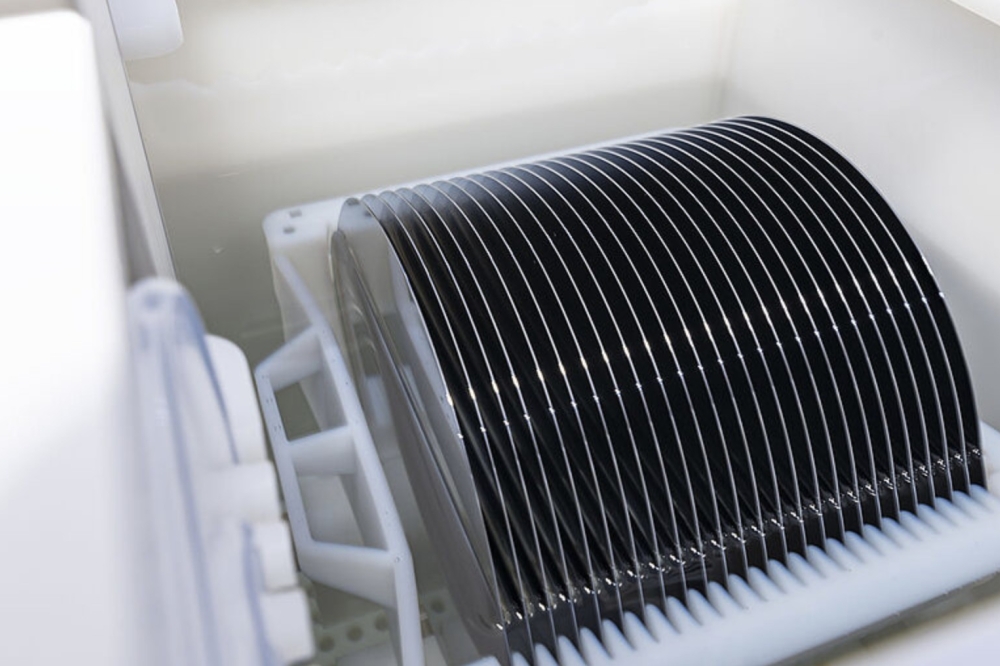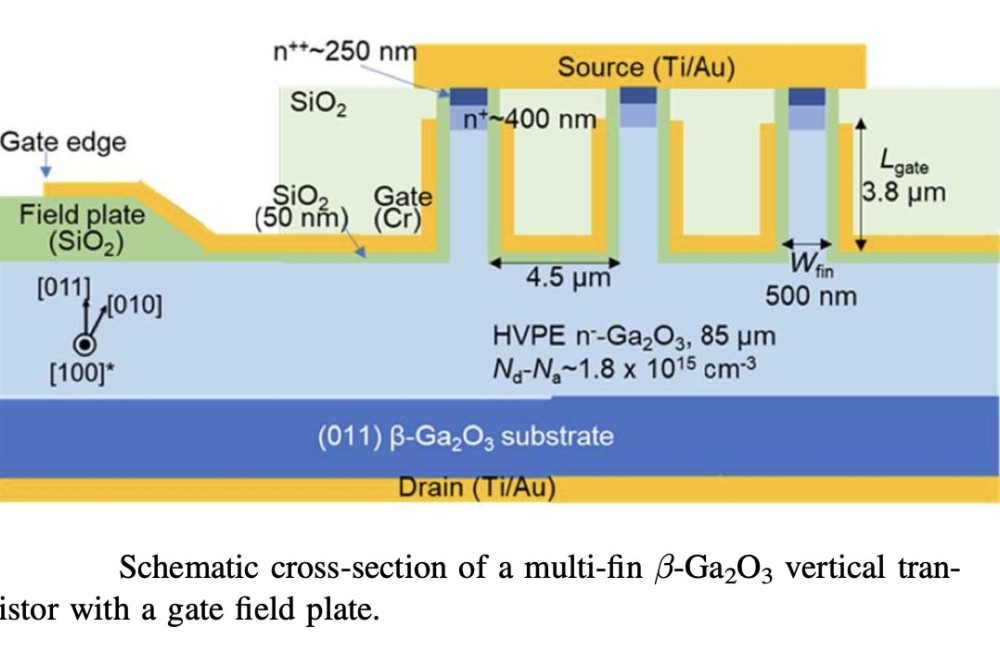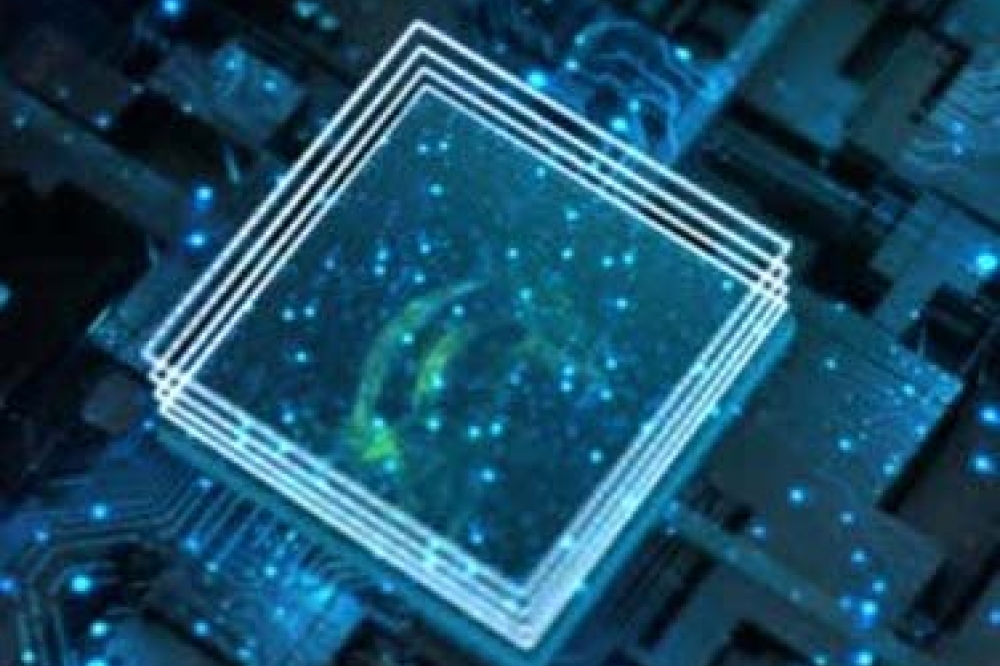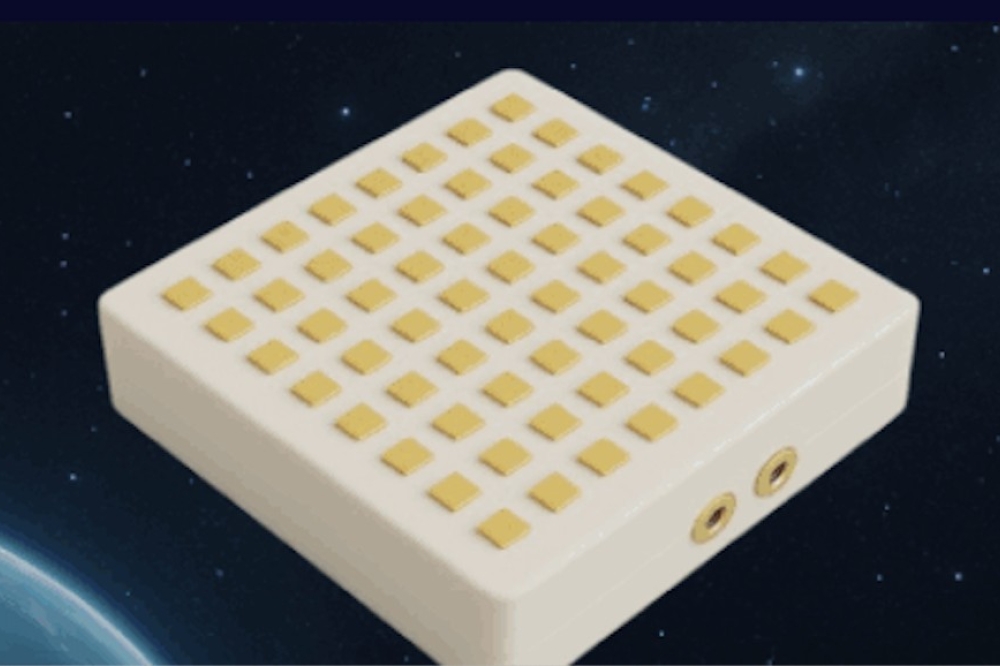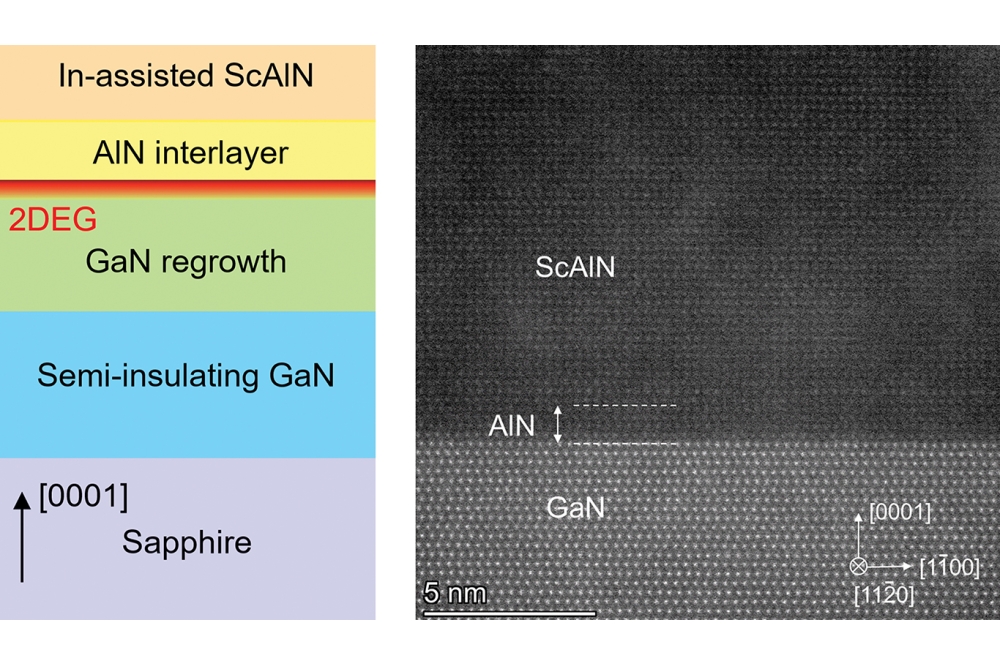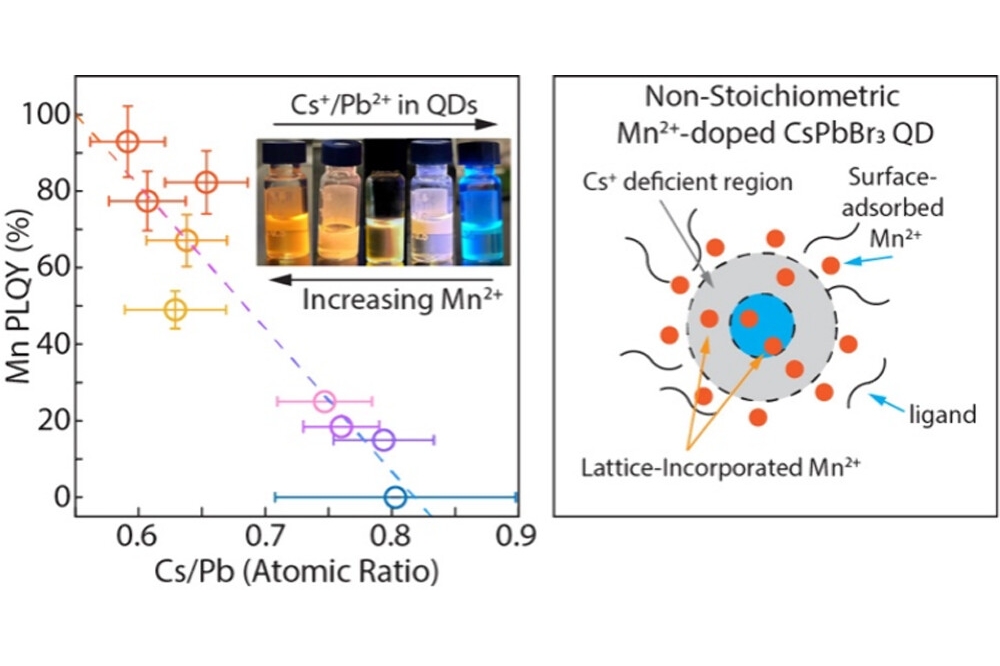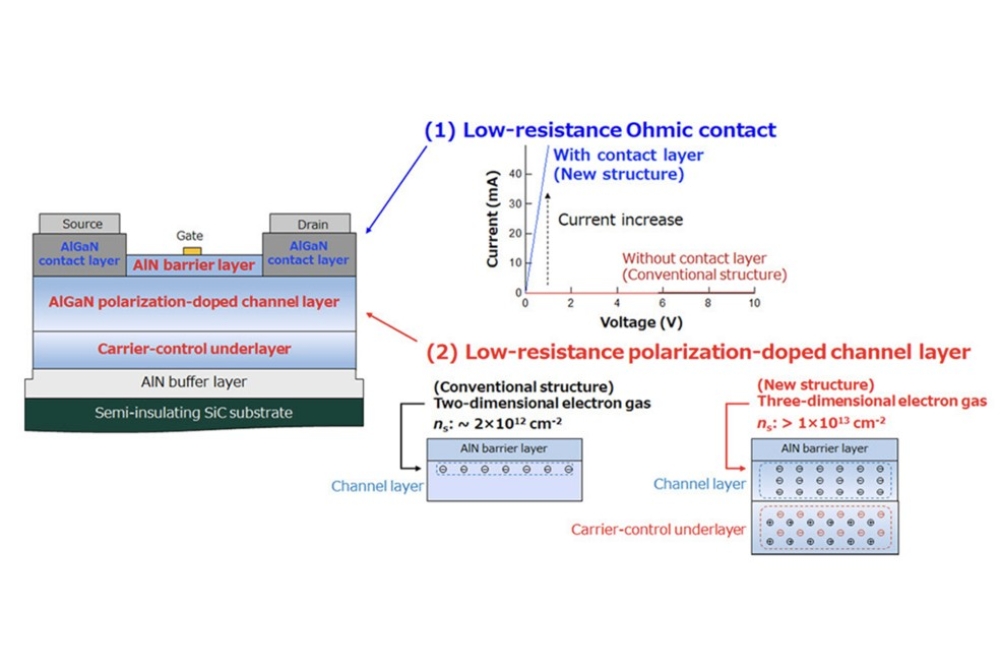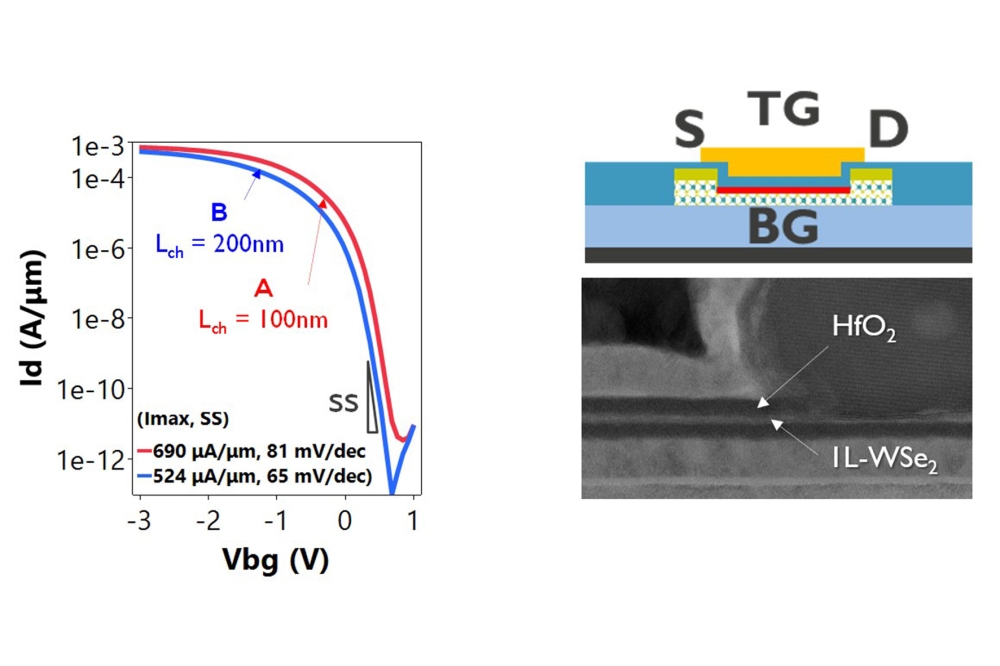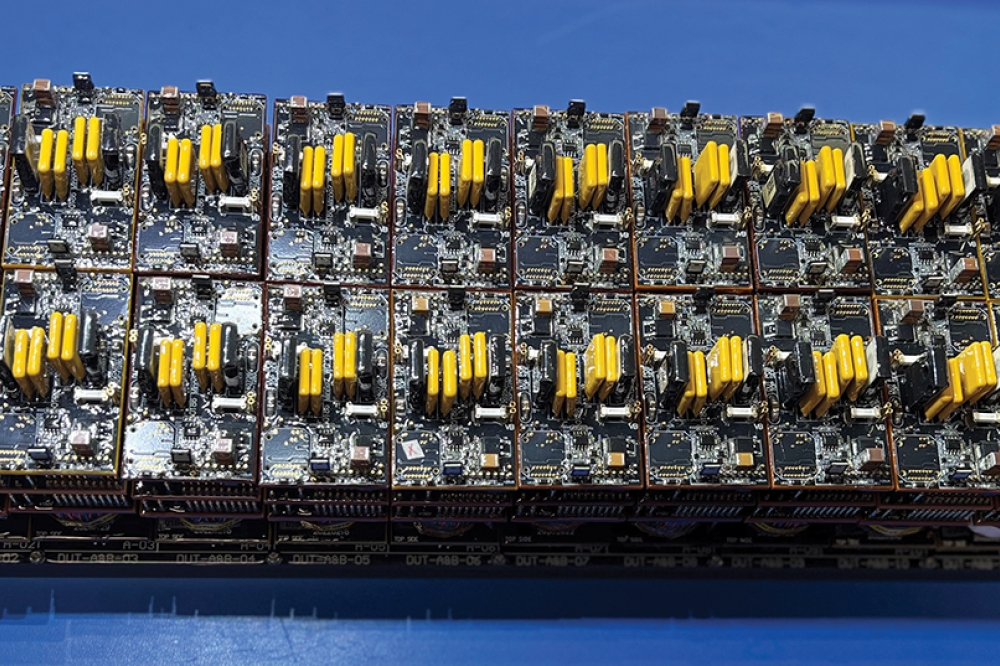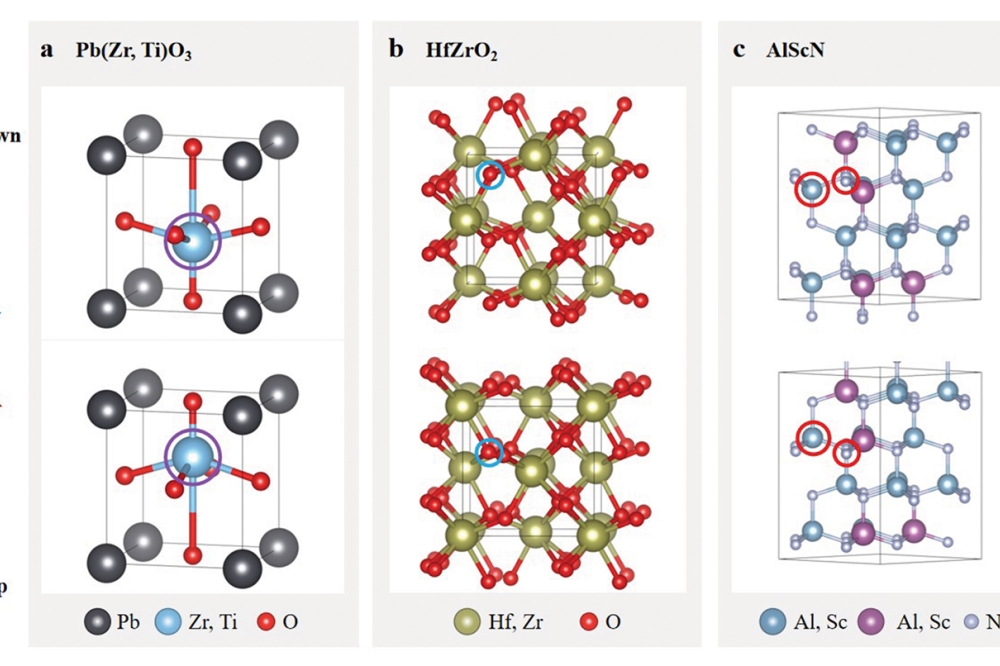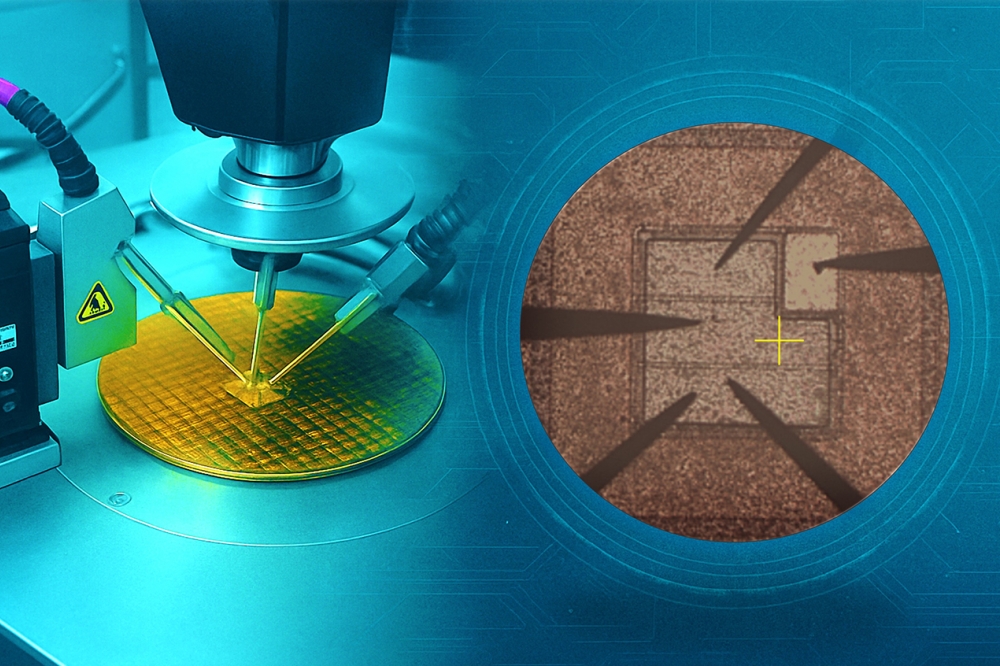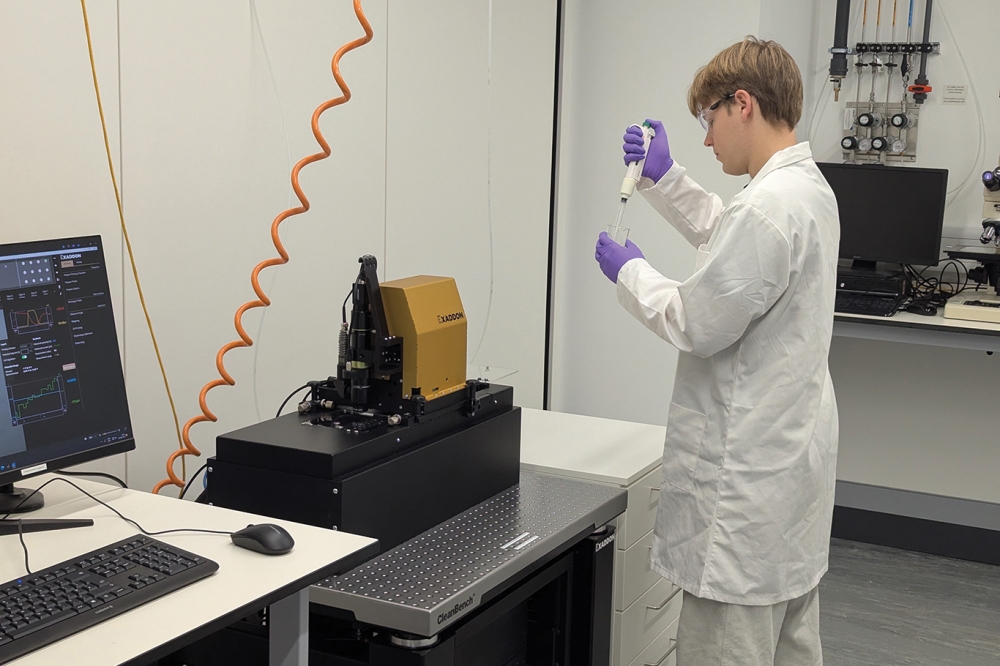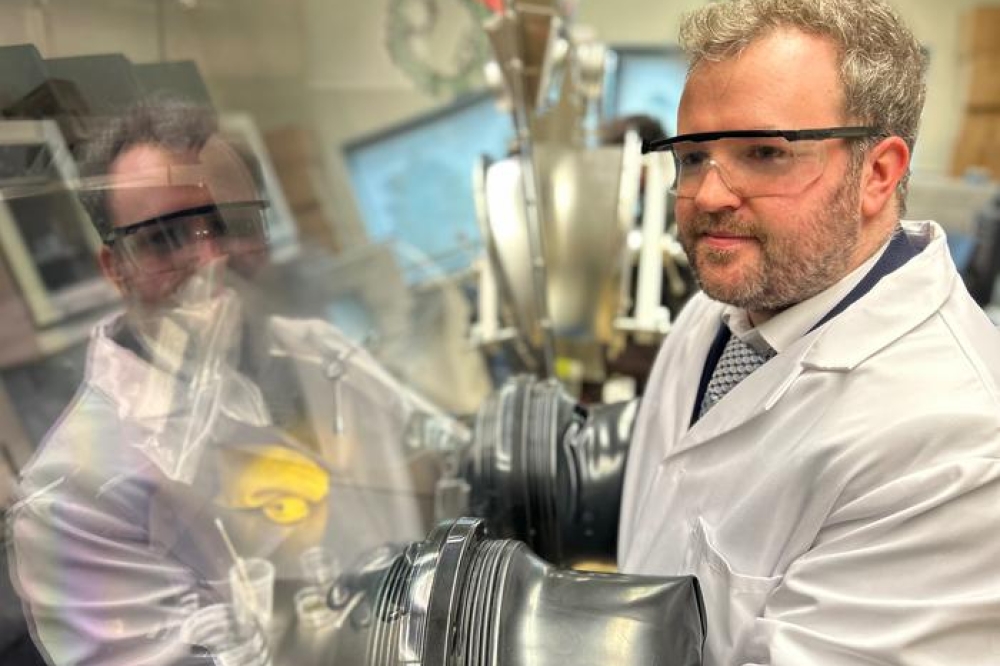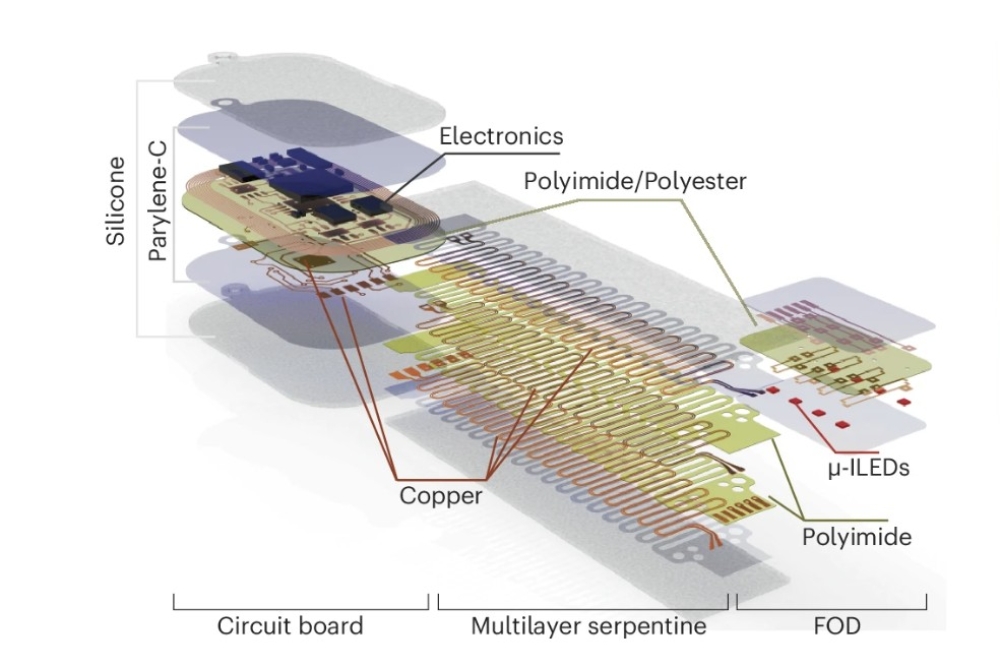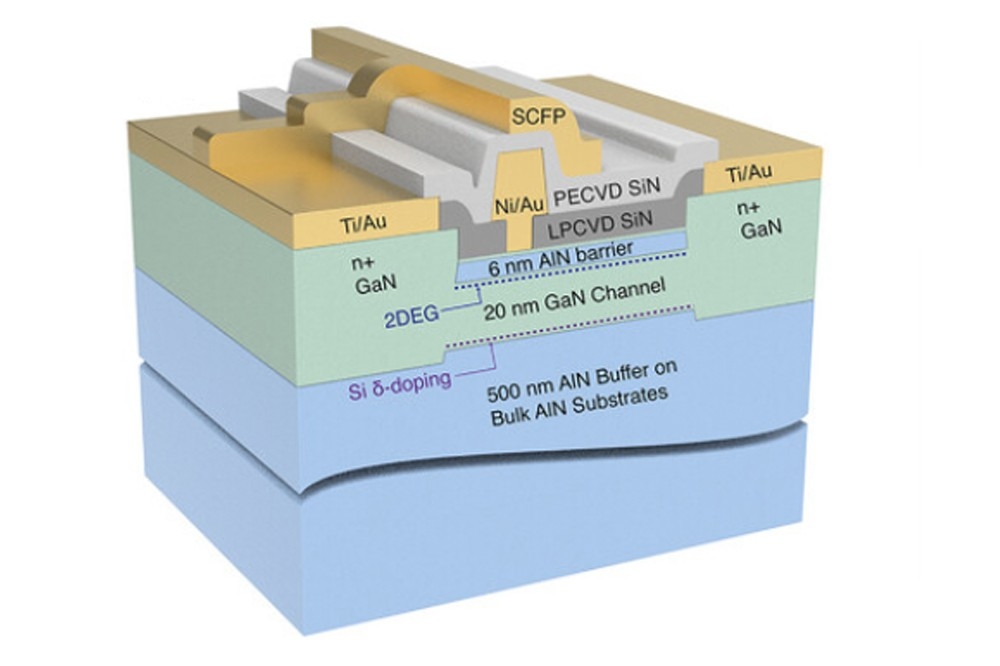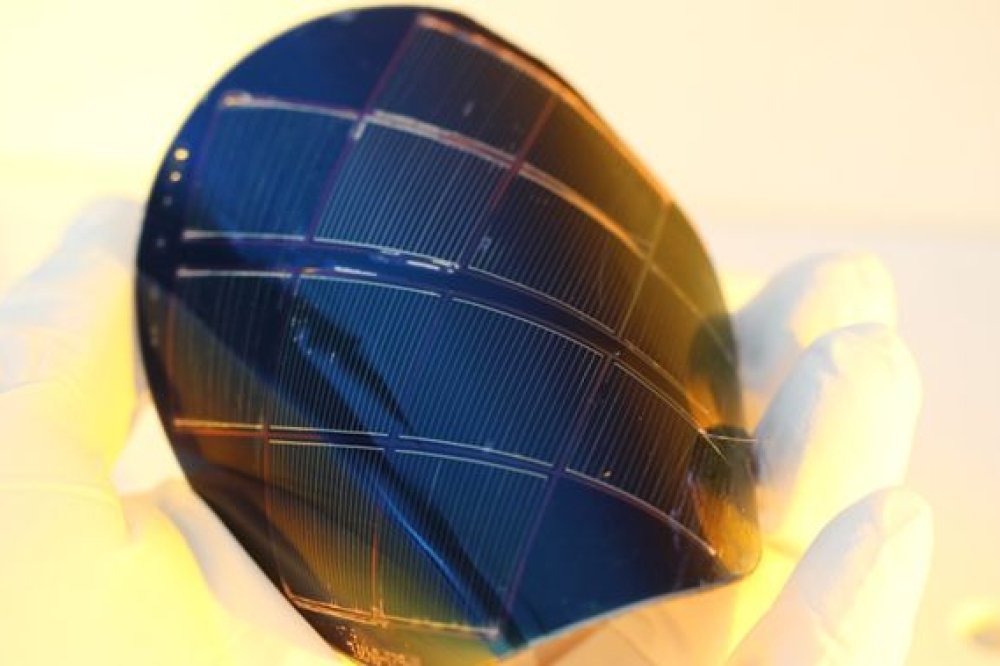A new understanding of wurtzite ferroelectric nitrides
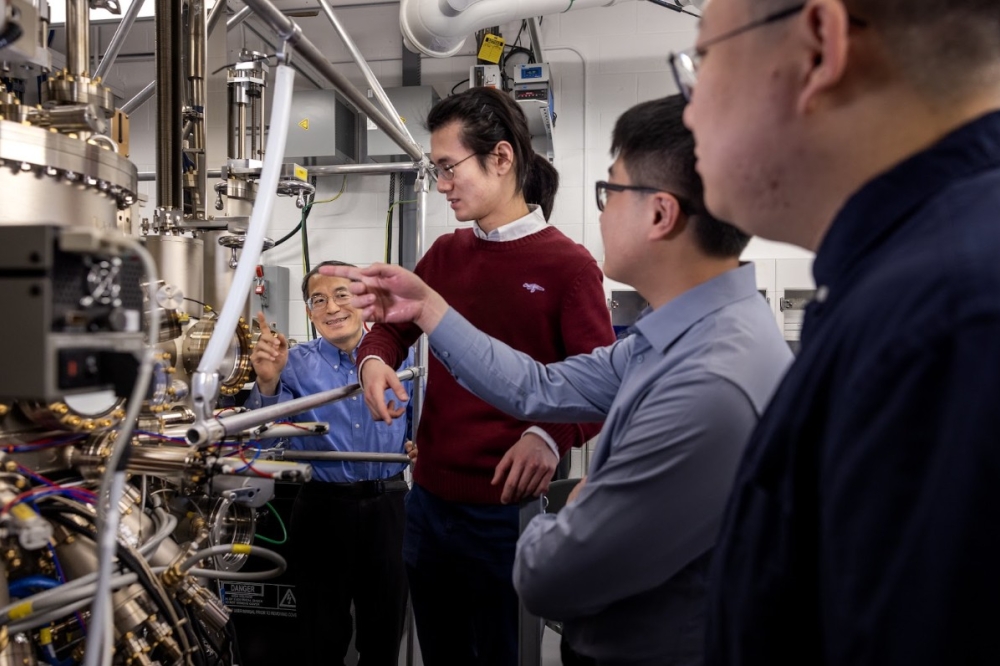
A new class of compound semiconductors called wurtzite ferroelectric nitrides that can store information in electric fields could enable computers that run on less power, sensors with quantum precision, and the conversion of signals between electrical, optical and acoustic forms. But how they maintain two opposite electric polarisations in the same material has been a mystery.
Now, a team led by engineers at the University of Michigan has discovered the reason why the materials don't tear themselves apart.
"The wurtzite ferroelectric nitrides were recently discovered and have a broad range of applications in memory electronics, RF electronics, acousto-electronics, microelectromechanical systems and quantum photonics, to name just a few. But the underlying mechanism of ferroelectric switching and charge compensation has remained elusive," said Zetian Mi, a professor of engineering and co-corresponding author of the study in Nature.
The new semiconductors start out polarised in one direction. Exposure to an electric field can switch the polarisation and once the field is off, the reversed polarisation remains. But often, it's not the whole material that switches polarisation. Instead it's divided into domains of the original polarisation and the reversed polarisation. Where these domains meet, and especially where two positive ends come together, researchers didn't understand why the repulsion didn't create a physical break in the material.
"In principle, the polarisation discontinuity is not stable," said Danhao Wang, U-M postdoctoral researcher in electrical and computer engineering and co-corresponding author of the study. "Those interfaces have a unique atomic arrangement that has never been observed before. And even more exciting, we observed that this structure may be suitable for conductive channels in future transistors."
With experimental studies led by Mi's team and theory calculations led by the group of Emmanouil Kioupakis, U-M professor of materials science and engineering, the team found that there is an atomic-scale break in the material—but that break creates the glue that holds it together.
At the horizontal joint, where the two positive ends meet, the crystal structure is fractured, creating a bunch of dangling bonds. Those bonds contain negatively charged electrons that perfectly balance the excess positive charge at the edge of each domain within the semiconductor.
"It's a simple and elegant result—an abrupt polarisation change would typically create harmful defects, but in this case, the resulting broken bonds provide precisely the charge needed to stabilise the material," said Kioupakis, also the Karl F. and Patricia J. Betz Family Faculty Scholar and a co-corresponding author of the study.
"What's remarkable is that this charge cancellation isn't just a lucky accident—it's a direct consequence of the geometry of tetrahedra," he said. "This makes it a universal stabilising mechanism in all tetrahedral ferroelectrics—a class of materials that's rapidly gaining attention for its potential in next-generation microelectronic devices."
The team discovered this with electron microscopy that revealed the atomic structure of the particular semiconductor they used, scandium gallium nitride. Where the domains met, the usual hexagonal crystal structure was buckled over several atomic layers, creating the broken bonds. The microscopy showed that the layers were closer together than normal, but density functional theory calculations were needed to reveal the dangling bond structure.
In addition to holding the material together, the electrons in the dangling bonds create an adjustable superhighway for electricity along the joint, with about 100 times more charge-carriers than in a normal gallium nitride transistor. That highway can be turned off and on, moved within the material, and made more or less conductive by reversing, moving, strengthening or weakening the electrical field that sets the polarisation.
The team immediately noticed its potential as a field effect transistor that could support high currents, good for high power and high frequency electronics. This is what they plan to build next.
The research was funded by the US National Science Foundation, Army Research Office and U-M College of Engineering. Computational resources were provided by the National Energy Research Scientific Computing Center, which is supported by the Department of Energy.
Pictured above: Zetian Mi (left) discusses research with group members Samuel Yang, Danhao Wang and Jiangnan Liu (right) next to the MBE used to grow thin layers of ferroelectric nitrides used in the study.

